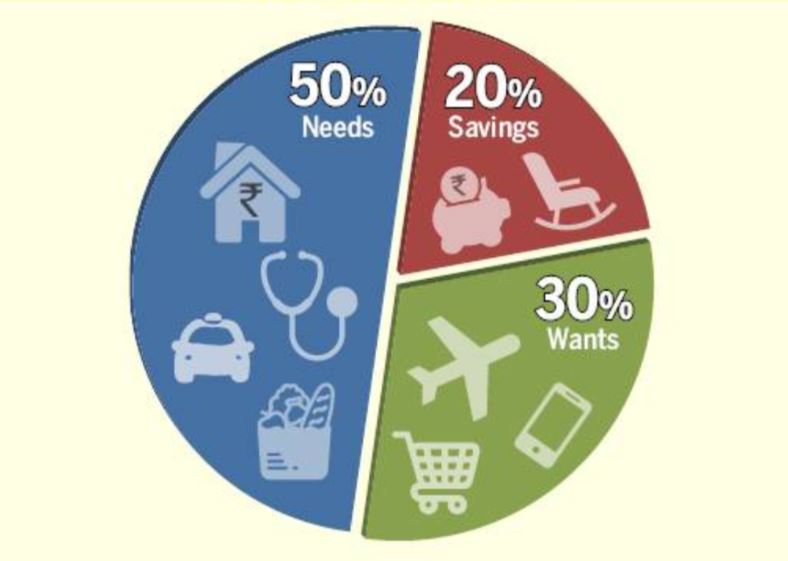“A budget is telling your money where to go instead of wondering where it went,” Dave Ramsey.
Putting together an effective budget is about knowing the full extent of your monthly expenses including your outstanding debt as well as how much you’re contributing towards savings and investments. You will need to gather together the following documents:
All your bank and credit card statements, personal loan and revolving loan statements, medical aid, car payments, both car and household insurance, household bills, pay slips and invoices (from secondary income sources), records of any contributions towards investments/retirement, savings, life cover and so on.
Learning how to categorise costs and determine what constitutes needs and wants is important. Use the 50/20/30 principle as a guideline to help you put together a workable budget and categorise your spending in order of importance. The 50/20/30 principle means that 50 per cent of your income should go to essential expenses, 20 per cent towards your financial nest egg, and the remaining 30 per cent to other lifestyle expenses.
Half of your income should go to essential expenses like your rent, transport costs, groceries, water and electricity and other utility costs. Car and home insurance, medical aid and life cover fall under this category as well. One fifth of your earnings should go towards debt repayment, savings, and investments. This category also encompasses your emergency fund, your retirement plan, and any short-term savings goals like a holiday or new car. The last part of your income should go towards ‘wants’. These include television and cellphone contracts as well as entertainment, gym and holiday savings.
The 50/20/30 principle is not a one size fits all formula, but you can use it as a guideline when evaluating your budget and spending to see where you need to cut down. It’s also very important that you don’t confuse essential expenses with lifestyle expenses. The two are worlds apart!
Article Source: https://www.standardmedia.co.ke/business/article/2001319478/mastering-the-50-20-30-principle-of-budgeting







